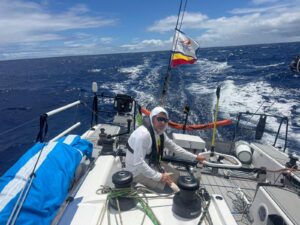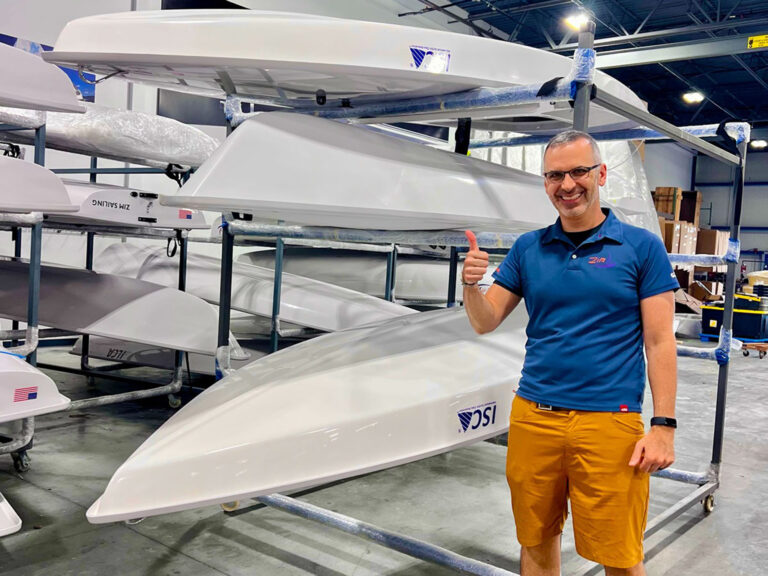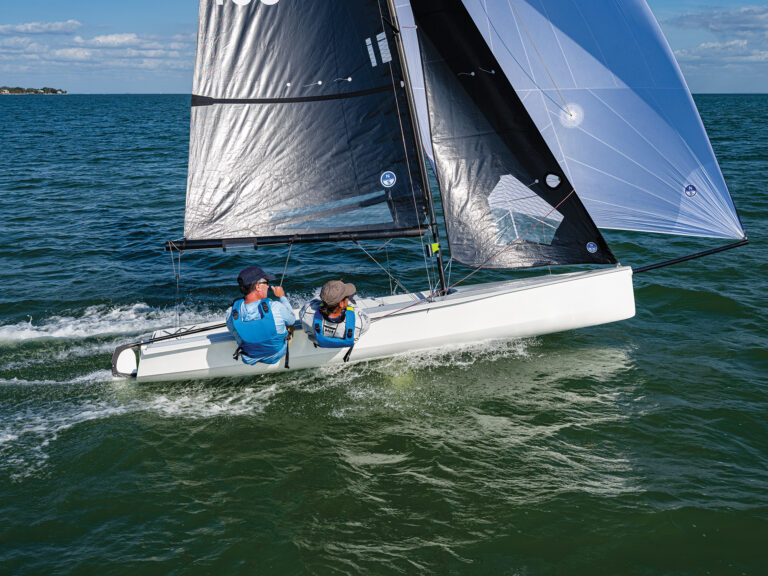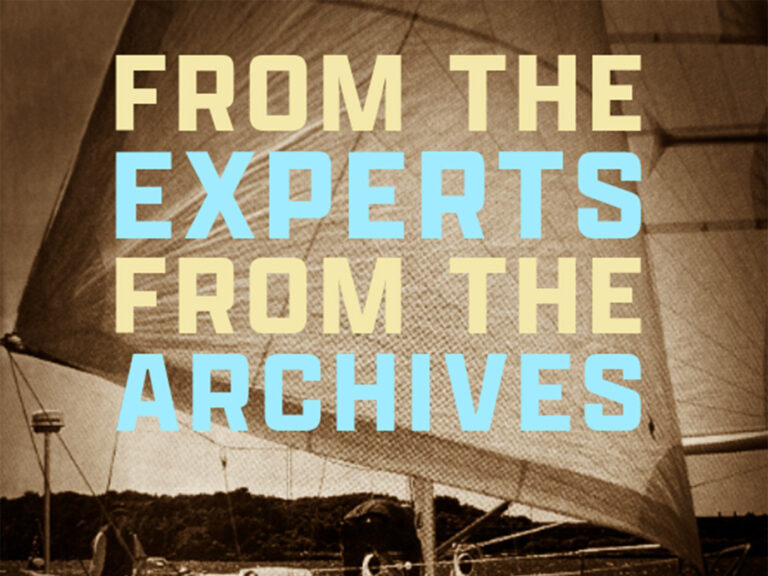
After two frustrating round robins of dealing with unsuitable weather, eight of the nine qualifying challengers are spending this week preparing for the quarterfinals. For the bottom four teams, the stakes are high because the losing two teams will be eliminated. In the top bracket, the winning teams advance directly to the semifinals. The losers from the top bracket race the winners from the bottom bracket in a repechage series Nov. 23 to 30.
The challengers learned plenty about their boats, equipment, and sailors during the long month of racing. Every team experienced highs and lows, demonstrating once again that the Americas Cup is an emotional roller coaster ride. The big question now is which teams will be able to make major improvements before the quarter finals begin on Nov. 12?
Trials System
The weather in November should be steadier and more reliable. If the wind settles down there will be a greater premium on boatspeed during the upcoming rounds.
Curve Balls
All eight of the qualifying teams have a second hull available. The question is whether these second boats are faster? Team Dennis Conners Stars & Stripes, USA-66, struggled with speed. Conner and his crew will likely roll out their newer boat, USA-77, to face GBR Challenge in the quarterfinals. It is also likely that several teams have held back some of their better innovations in sail shapes and rig tuning. We may even see new keels and rudders. Past Americas Cup history demonstrates that teams cannot rest on their laurels. They must move forward with advancements.
There were many crew changes in the first two rounds. In most cases the changes improved results. Oracle, GBR and Prada performed better after responsibilities were reassigned in the cockpit.
Learning from Slumps
Several teams, Prada, GBR Challenge, OneWorld, Oracle BMW Racing, and Team Dennis Conner suffered losing streaks during the round robins. When this happens a team becomes humble and takes nothing for granted. But sailors must avoid the trap of worrying about the final outcome. To use an old cliché in every sport, you have to take it one race at a time.
Role of the Tactician
These trials are proving to be a thinking sailors contest. The winds on the Haruaki Gulf are capricious. Luck plays a role, but the best teams seem to consistently understand the wind patterns. No team is better than Alinghi whose tactician, Brad Butterworth, grew up sailing on the Haruaki Gulf. When Oracle BMW Racing brought in another Auckland native, Chris Dickson, to run the show, their performance improved dramatically. It is refreshing in this age of highly advanced technology that the best sailors are making the difference.
Skipping a Series
The winning crews of the top bracket will automatically advance to the semifinals. It will be interesting to see if the extra training and rest time prove advantageous. Will teams that race in the repechage series be sharper or exhausted? This is something to watch closely. If the rest and tuning time pays off, its a good harbinger for the Americas Cup itself since there is nearly a month between the end of the challenger trials and the start of the Americas Cup finals.
What is Team New Zealand Learning?
Out of the limelight, Team New Zealand is quietly training and observing the challengers. They are learning that at this point there are no breakthrough designs on the water. The Kiwis have to be heartened that sailing skill is making a difference. Kiwi skipper Dean Barker is at the top of his game. He even defeated Alinghis Russell Coutts in a match race in Europe last summer. TNZ is also learning that the top teams are being sailed by veterans so there will likely be no new faces to race against beginning February 15.
Sailing World editor at large Gary Jobson will be commentating on the Americas Cup finals for ESPN.









